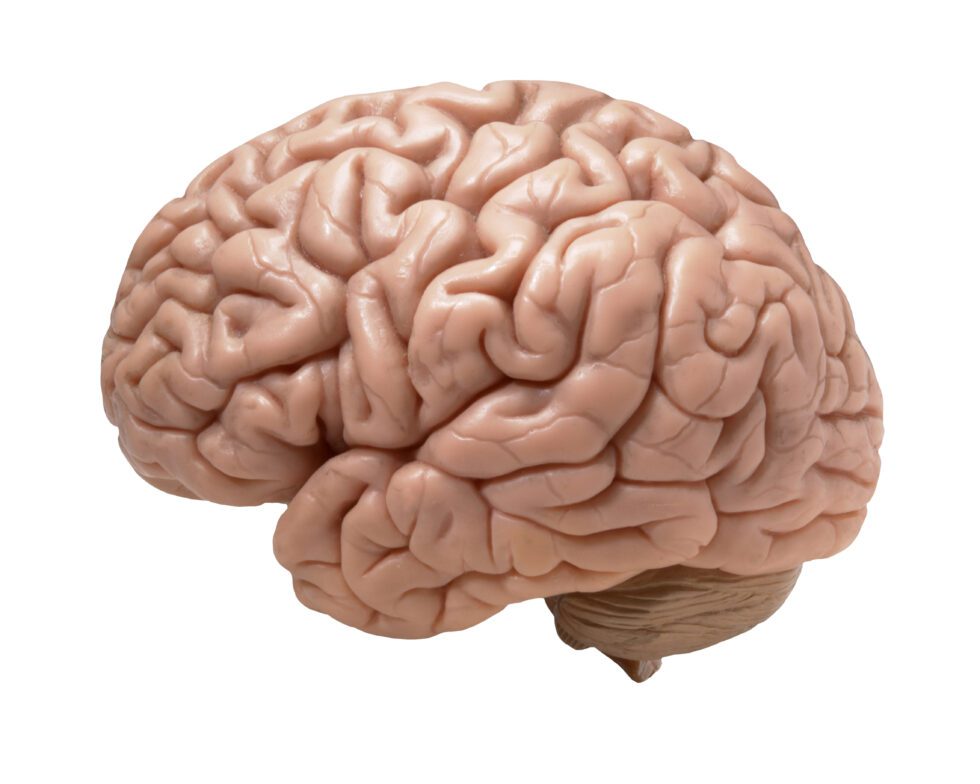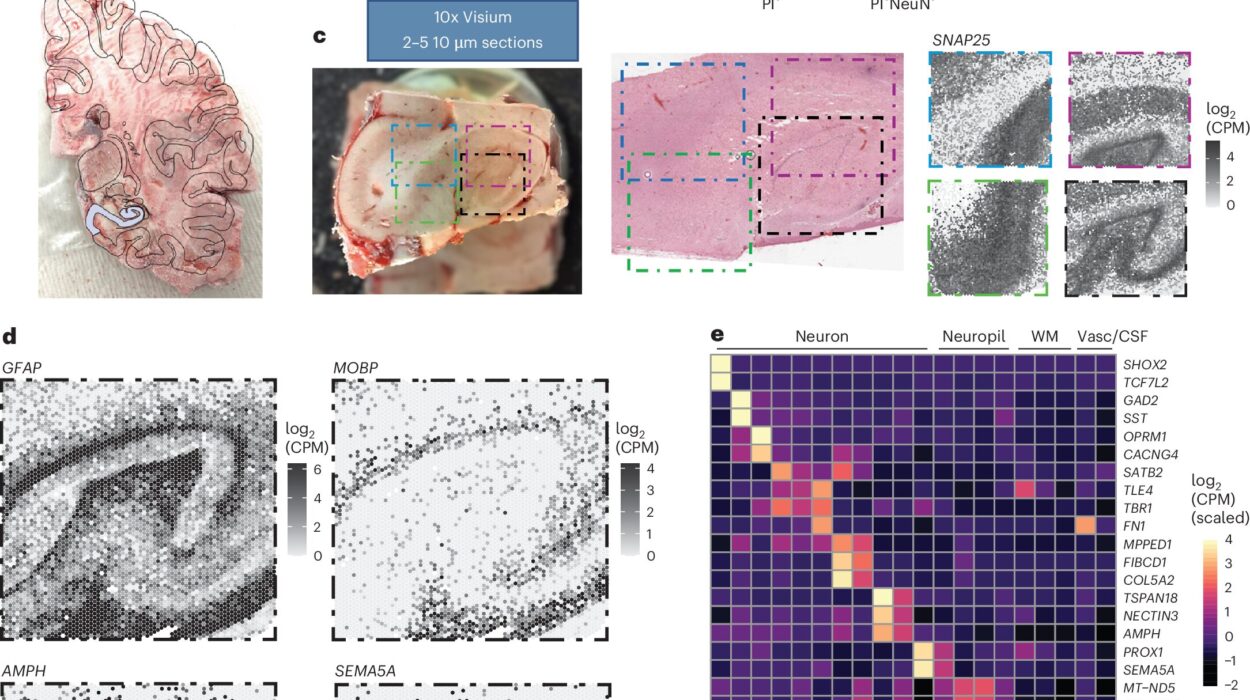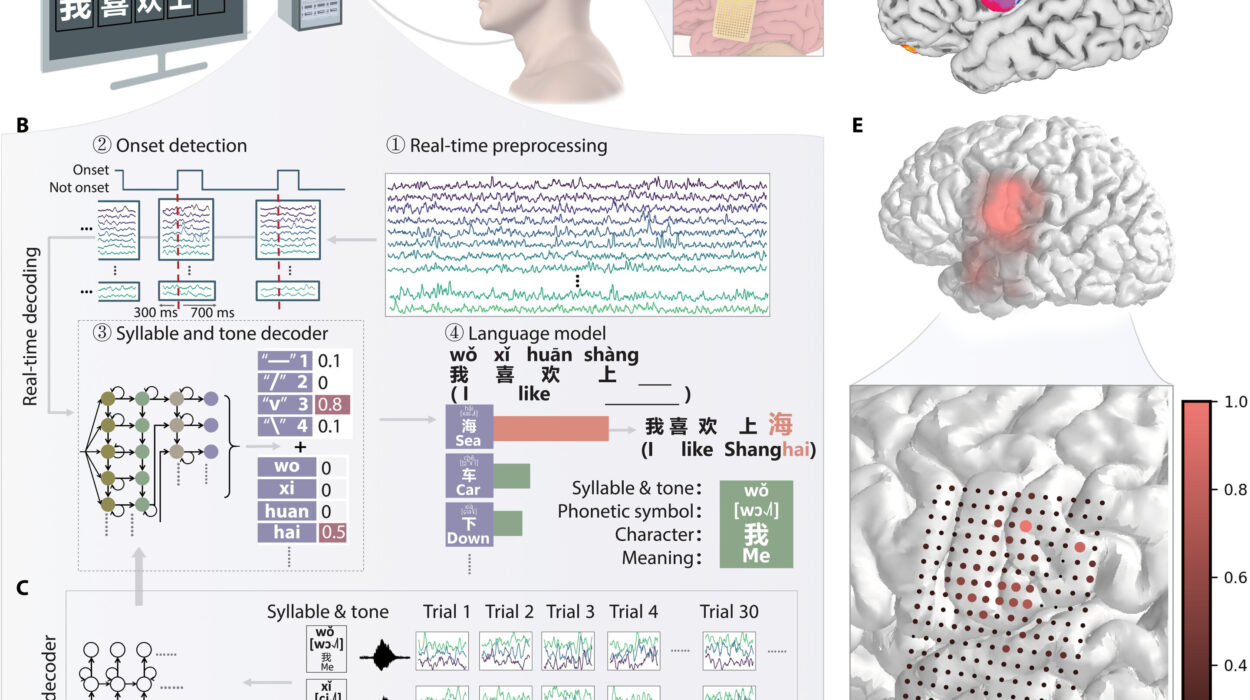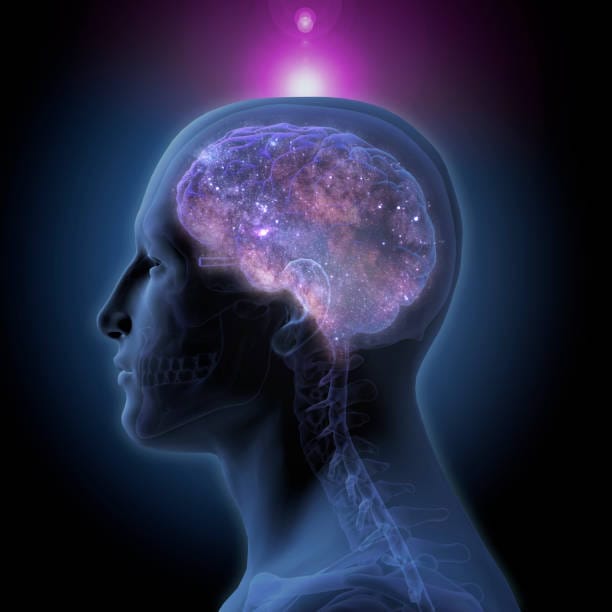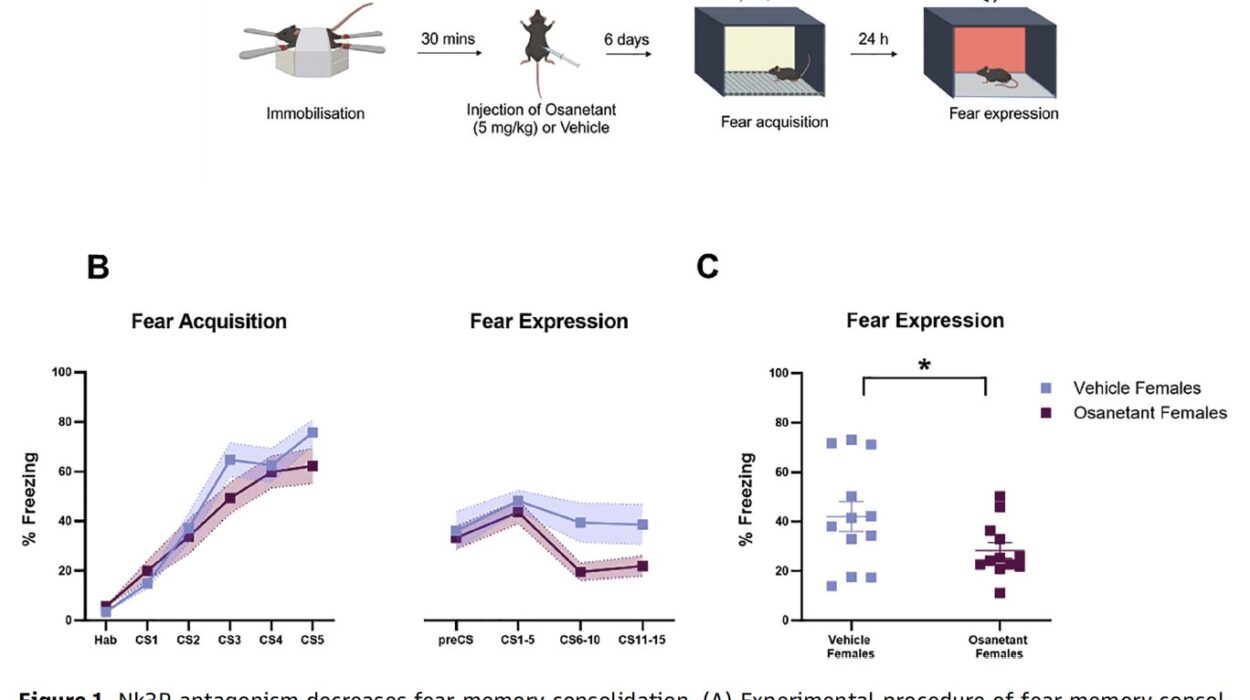Imagine making a small mistake in a conversation—perhaps you mispronounce a word or say something awkward. Hours later, you’re still replaying it, convinced the other person is judging you. For individuals with social anxiety, this pattern is all too familiar. A new study published in Cognitive, Affective, & Behavioral Neuroscience has uncovered compelling evidence that this tendency may be deeply rooted in the way their brains process errors. Specifically, the brain’s reaction to social mistakes seems to etch those moments into memory more vividly, making them harder to forget and more influential in shaping future anxiety.
The Science Behind the Spiral
At the core of the study lies an intriguing psychological observation: socially anxious individuals are more likely to remember the faces they saw when they made mistakes. Why? The answer seems to lie in the brain’s error-monitoring system. For years, psychological models have proposed that people with social anxiety are hyper-focused on their perceived flaws in social situations. This intense self-monitoring creates a kind of cognitive filter where the brain preferentially stores moments of embarrassment or failure—memories that later become fuel for worry, avoidance, and even deeper anxiety.
A Brain That Doesn’t Forget Mistakes
Previous research has shown that individuals with social anxiety exhibit stronger brain responses when they believe they’ve made an error. However, what had not been fully understood until now was whether these responses actually change how people remember those situations. The new research connects the dots between heightened brain activity during mistakes and the persistence of social anxiety through biased memory formation.
The findings are anchored in the work of Kianoosh Hosseini Ghalebin, a PhD candidate in cognitive neuroscience at Florida International University. Inspired by the limitations of traditional mental health treatments, Hosseini turned to brain imaging and neural rhythms to understand the deeper neurological processes underlying psychological disorders.
Oscillations That Reveal More Than Meets the Eye
Central to Hosseini’s research is the study of theta oscillations—electrical rhythms in the brain that play a role in attention, decision-making, and error detection. These oscillations provide a real-time window into how the brain responds to challenges, including social ones. According to Hosseini, they are not only reflections of neural activity but can be influenced externally, suggesting the possibility of interventions that target the rhythms themselves.
In socially anxious individuals, these rhythms become especially active when errors occur, particularly in a region of the brain known as the mediofrontal cortex. This part of the brain is responsible for monitoring performance and detecting errors, and in socially anxious individuals, it lights up more intensely and synchronizes with visual areas of the brain during moments of failure.
Linking Error Detection to Social Memory
Working with fellow researchers Drs. George Buzzell, Jeremy Pettit, Aaron Mattfeld, and Fabian Soto, Hosseini aimed to investigate whether the brain’s enhanced monitoring of errors could help explain why certain memories—especially those involving social slip-ups—are more easily recalled by socially anxious individuals.
The team developed an innovative experiment called the Face-Flanker task. Participants were led to believe that their performance was being socially evaluated. They were shown a series of arrows and asked to quickly identify the direction of the center arrow, while each trial included a unique human face in the background. The test was cleverly designed to induce errors. Afterward, participants were given an unexpected memory test to identify which faces they remembered.
Social Anxiety and the Faces of Mistakes
What the researchers found was striking. Individuals with higher levels of social anxiety were more likely to remember the faces that appeared during their error trials. Interestingly, this memory effect was not present in people with lower anxiety, nor was it observed for faces shown during correct responses. The implication is powerful: socially anxious brains are more likely to encode and retain the social context of their failures, especially the people present during those moments.
Brain recordings using EEG further revealed that these individuals had heightened synchrony between their mediofrontal cortex and visual processing areas during mistakes. This synchronized neural activity wasn’t about the sheer strength of the brainwaves—it was about timing. The better the timing (or synchrony) between the brain’s error detection system and its visual processing centers, the more likely a person was to remember the face associated with the mistake.
The Neuroscience of Social Memory Bias
Hosseini emphasized that these findings don’t just suggest a generalized sensitivity to errors. Instead, they point to a specific brain-based mechanism that connects error detection and social memory. In effect, the brain appears to be “tagging” social mistakes for priority storage—particularly in individuals already prone to anxiety.
Even more intriguing is that the memory bias observed was selective. While earlier results were suggestive, the team’s unpublished follow-up studies added clarity: socially anxious individuals had stronger memory only for faces, not for other objects or non-social stimuli present during errors. This specificity underscores the idea that social anxiety is driven not by general hyper-awareness, but by a finely tuned neural system designed to detect and remember social blunders.
Implications for Treatment and Long-Term Mental Health
Understanding how the brain encodes and stores social mistakes opens up new possibilities for treatment. Traditionally, therapies for social anxiety focus on cognitive restructuring—challenging negative thoughts and reframing beliefs about social interactions. But if the underlying problem is that the brain itself is over-recording these moments, perhaps new interventions should also aim to reduce the intensity of error-related neural responses.
Non-invasive brain stimulation, such as transcranial alternating current stimulation (tACS), could be one way to disrupt the overly synchronized brain patterns that lead to biased memory formation. By targeting specific brain rhythms, scientists may one day reduce the memory trace left by minor social errors—helping individuals move past awkward moments rather than becoming haunted by them.
Why Social Anxiety Persists
The persistent nature of social anxiety might not simply be a matter of personality or learned behavior. Instead, it could be that the brain’s own circuitry is reinforcing the fear of future social interactions. Each remembered mistake becomes evidence, in the anxious mind, that future embarrassment is inevitable. This creates a feedback loop where past social failures—remembered in vivid detail—fuel avoidance, worry, and hyper-vigilance in similar situations.
By identifying this loop at the neural level, the research conducted at FIU’s Center for Children and Families sheds light on the deeper roots of the disorder. And importantly, it gives us a new vocabulary and toolkit to discuss and potentially disrupt this cycle.
Moving Toward Precision Interventions
The researchers are clear that their study, while promising, is just the beginning. The sample size was small and mostly comprised of college-aged participants. Nevertheless, the methodology—using unique facial images on each trial and surprise memory tests—was rigorous and innovative. It allowed for a precise examination of how the brain’s response in one moment (an error) affected memory down the line.
Future studies will need to replicate these findings across more diverse populations and explore how this brain-based memory bias interacts with other features of social anxiety, such as post-event rumination. Longitudinal research could also determine whether individuals who show this brain pattern early in life are more likely to develop chronic social anxiety, making early interventions possible.
Toward a Future With Better Mental Health Tools
Ultimately, this line of research represents a shift in how we think about mental health. Rather than treating symptoms as abstract psychological traits, we can begin to understand them as the products of measurable—and potentially modifiable—brain processes. By doing so, treatments can become more targeted, more effective, and more personalized.
As Hosseini and his team continue to uncover the neural roots of social anxiety, they are not just solving a scientific puzzle—they are opening a path to helping millions of people escape the burden of anxiety that stems not from the world around them, but from how their brains respond to it.
